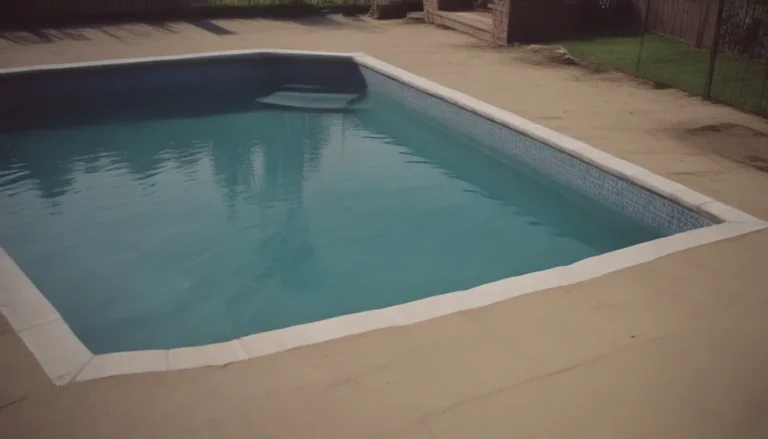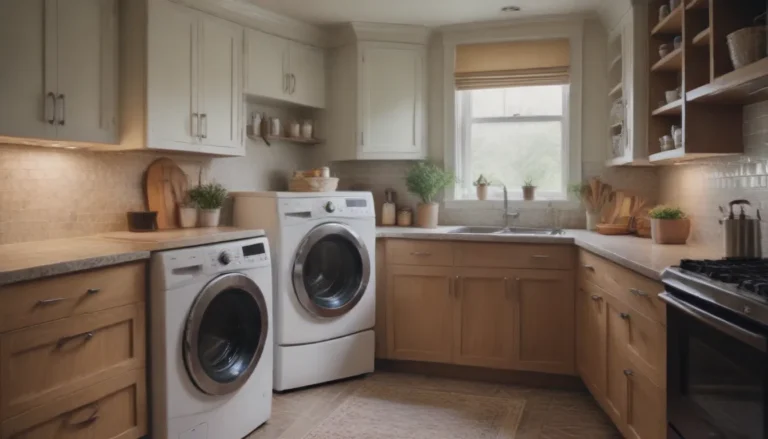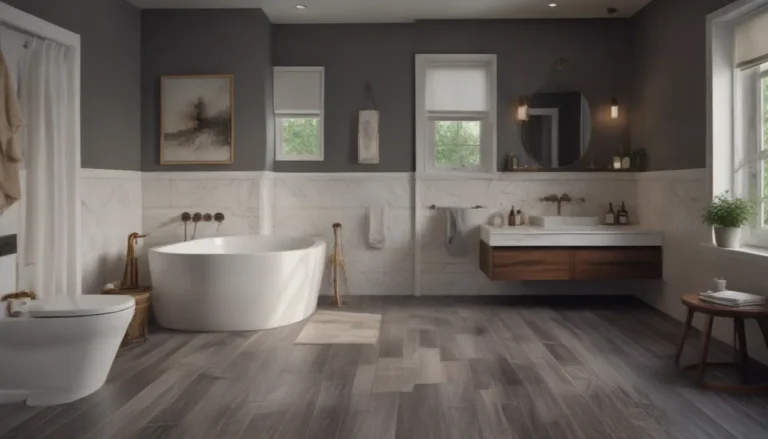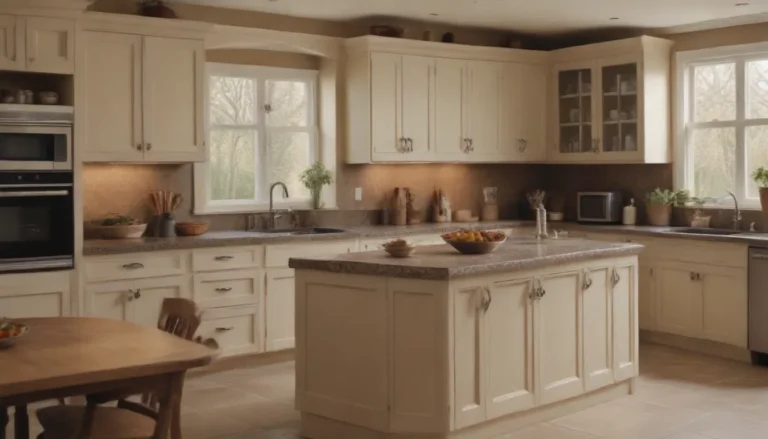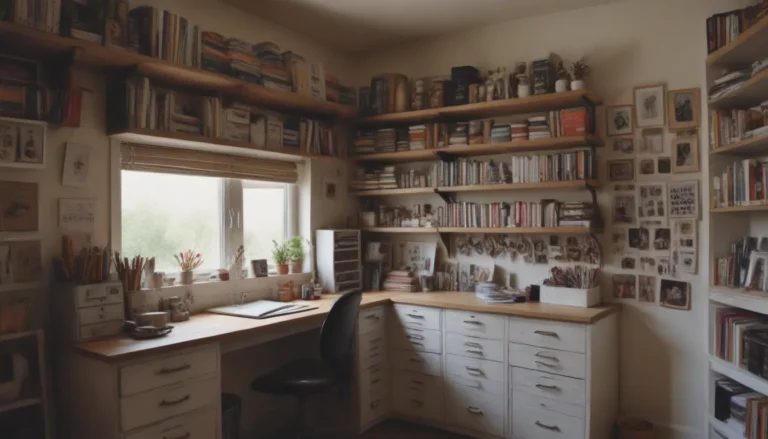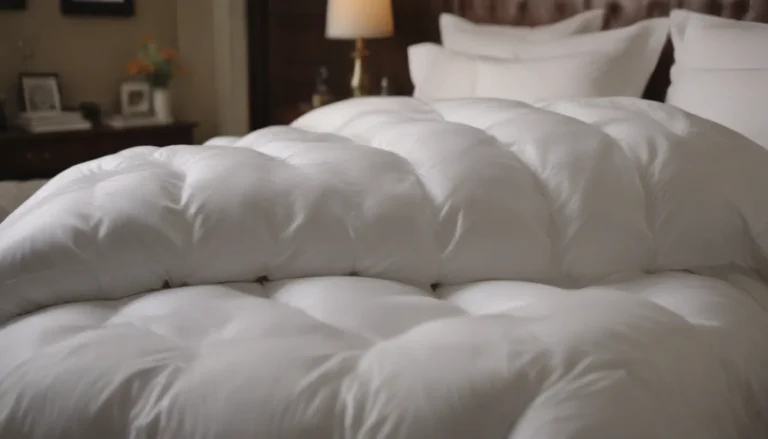The Versatile Loft Space: A Comprehensive Guide for Homeowners
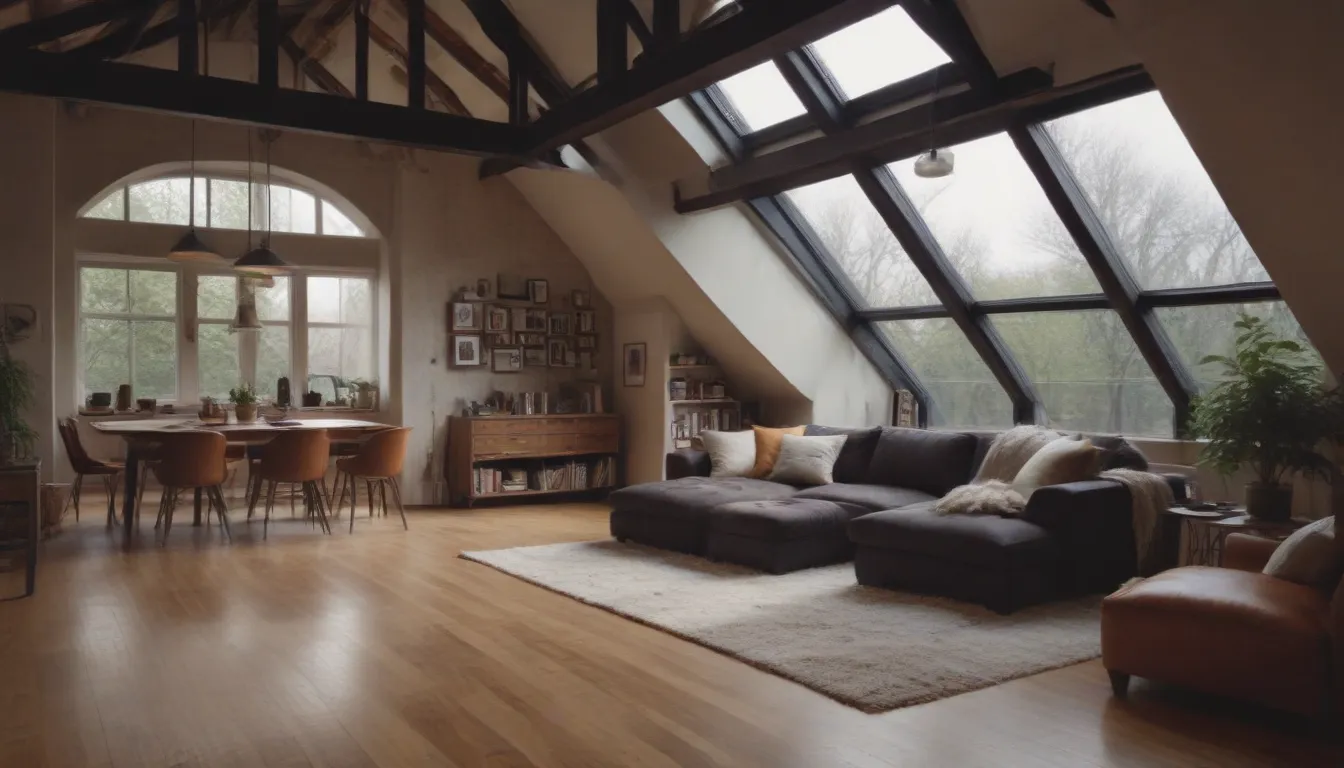
Are you considering adding a loft to your home but unsure of where to start or how to make the most of this unique space? Look no further! In this comprehensive guide, we will explore all aspects of lofts in houses, from their design and functionality to their cost and potential benefits for your home’s value.
What Is a Loft in a House?
A loft in a house is an elevated space that can serve a multitude of purposes, whether you choose to use one as a bedroom, storage space, or for another activity entirely. Let’s delve deeper into what makes a loft such a versatile addition to any home.
Meet the Experts
- Rachael Grochowski: Principal architect and designer at RHG A+D
- Patty Cassidy: Director of interiors at Ike Baker Velten
What Is a Loft?
A loft is an elevated area inside a home that is accessible via a flight of stairs. Lofts typically overlook a main living area, such as a living room or kitchen, and function as an additional room within a home that can be used for relaxing, working, or sleeping.
Similar to an outdoor balcony’s design, a loft has railings but does not feature four standard plaster walls like a traditional room would.
Where Are Lofts Found?
Lofts are most commonly found in contemporary or industrial-style homes. They are also common in smaller city apartments, as they allow vertical space to be repurposed into an additional new room even when square footage is limited.
A home’s architectural style will influence a loft’s specific appearance. For example, in industrial-style homes, lofts are usually accessible via a black metal staircase and feature black metal railings. They may be accompanied by exposed brick walls as well as exposed beams or ductwork.
What Are Lofts Used For?
Because lofts are located up a flight of stairs and not on the main level of a home, they are often used as offices and lounge spaces. According to Rachael Grochowski, “Lofts are great areas for a library or just an overlook.” Sometimes, lofts that serve as offices are enclosed with glass.
A loft can also function as a bedroom, although this setup is most common in single-occupancy apartments or homes of couples where privacy is not as much of a concern. Some people may simply choose to use a lofted space as storage in lieu of a traditional attic.
Lofts make for easily accessible spaces in which to store items such as off-season clothing, holiday decorations, crafting gear, and more.
Finished Attic vs. Loft
A finished attic is more secluded than a loft, given that it features standard walls. Attics also maintain a different design aesthetic and are usually more rustic in nature, whereas many lofts lean modern and industrial.
Patty Cassidy states, “lofts prioritize open space with an emphasis on aesthetics and functionality.” Many lofts are furnished with neutral pieces, plenty of plants, and sleek accent pieces. It’s important to choose an overall theme or color palette to ensure your loft blends in with the rest of your home.
Since lofts can be seen from the room below them, select items that appear cohesive with the rest of your space to avoid a cluttered or visually distracting look.
Pros and Cons of Having a Loft
Having a loft in your home can offer numerous advantages, such as increased living space, added value to your property, and a unique aesthetic appeal. However, there are also some considerations to keep in mind when deciding whether a loft is right for you.
Pros
- Increased living space
- Added value to your property
- Unique aesthetic appeal
Cons
- Depending on the season, lofts can feel overly warm or cold
- Sound can carry more easily in a loft space
- Heating and cooling may need to be installed for comfort
Cost of Adding a Loft
Adding a loft to your home typically costs between $10,000 to $35,000, depending on the scope of your project and your location. While this initial investment may seem significant, having a loft can increase your home’s value by anywhere from 10% to 25%.
In conclusion, a loft in a house is a versatile and valuable addition that can enhance both your living space and the overall value of your property. Whether you choose to use your loft as a bedroom, office, or storage space, it is sure to be a unique and functional area that you will enjoy for years to come.
So, if you’re considering adding a loft to your home, don’t hesitate to explore the possibilities and see how this elevated space can transform your living experience. Make the most of your home with a loft that suits your style and needs.
